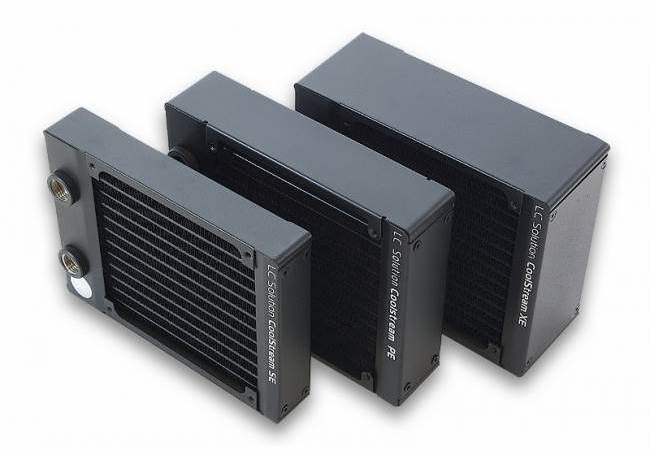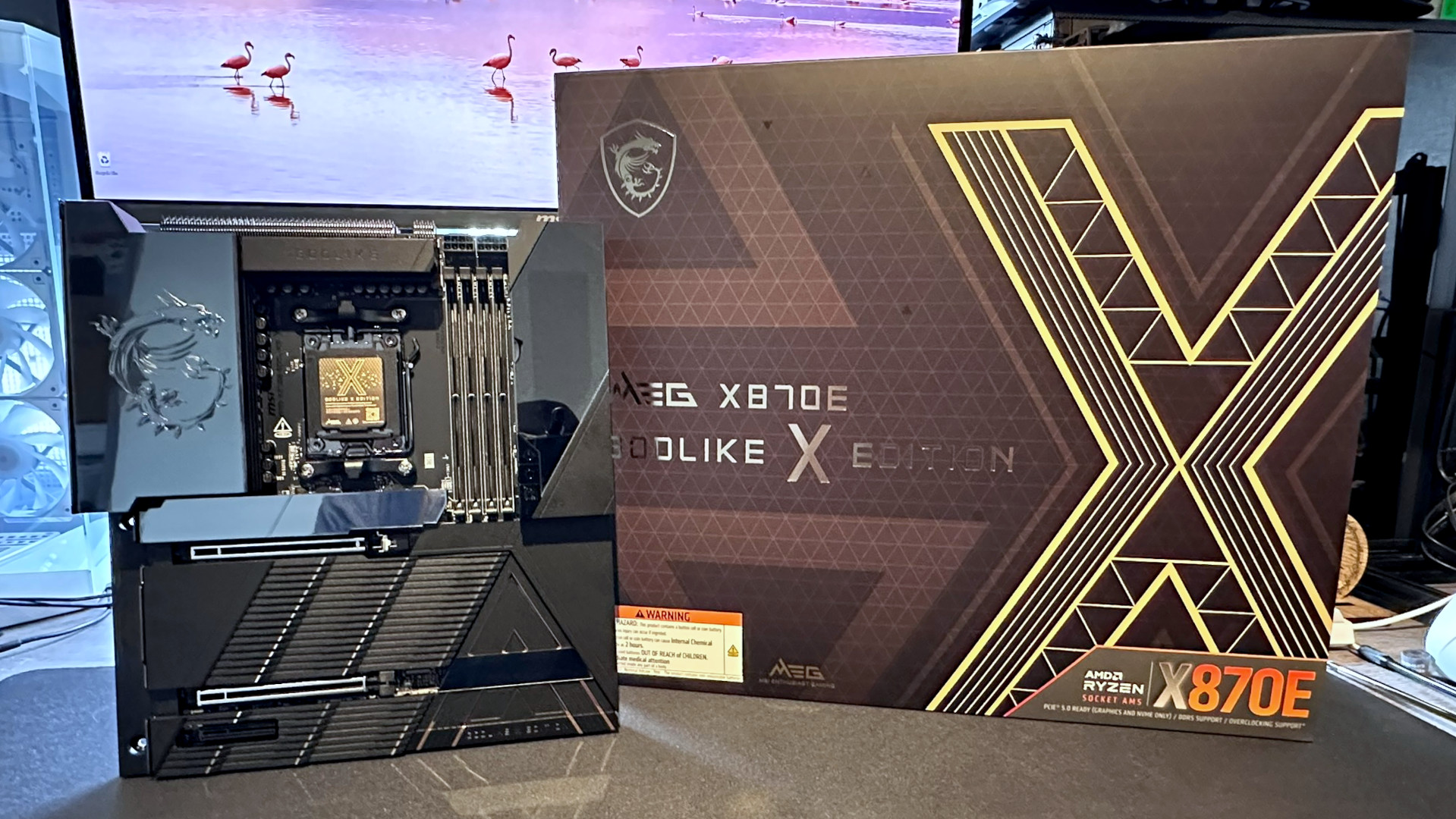Does radiator size matter for cooling?
There are many factors to consider when choosing a radiator for your system. Here's the breakdown of what they are.
When it comes to radiators the answer will depend on your situation, but for the most part, the answer is usually yes. However, there are some instances where bigger may not be better.
When we refer to radiator size, we're actually talking about two dimensions: thickness, and length (in millimeters). Typically, radiators can range anywhere from 120mm to 480mm. While most people look up radiator sizes in terms of their lengths, the thickness of the radiator also impacts its performance.
Fin density
Thicker radiators have a lower fin density. If noise level is a concern, these will let you sleep at night. Lower density radiators allow air to flow more freely allowing you to run slower fans while still dissipating heat effectively due to the additional width. Any radiator worth its salt will list the fin density on the package (measured in fins per inch), making it easy to compare products.

The reason why thick radiators do not require more fins is because they make up for surface area in their thickness. In the photo above, the thin radiator on the left will have a higher fin density than the thicker radiator on the right.
Static pressure
Due to higher density fins packed into thin radiators, they require static pressure fans to produce optimal airflow and keep temperatures down. Two of these fans can easily exceed half the cost of your radiator. With thicker radiators, sufficient airflow can be had with even normal case fans.
Keep up to date with the most important stories and the best deals, as picked by the PC Gamer team.
Space requirements
There’s nothing worse than getting all of your parts together only to find out the radiator conflicts other parts. Depending on your case, there is a good chance that the optimal radiator mounting point sits at the top of the case. It’s not uncommon for thick radiators to compete for space with your RAM modules. This is especially true if your particular kit has tall heatsinks. Space constraints can also limit your ability to run in a push-pull configuration if you are using a thick radiator. In this regard, slim radiators hold the greatest advantage.
Cost
Thick radiators tend to cost more than thin radiators simply due to material costs, but you can make up for it with cheaper fans. For general purpose cooling, you can pair up a 120mm or 240mm thin radiator with normal case fans, but you'll get more cooling from using static pressure fans. For the most part, high static pressure fans command a small premium over normal case fans but do give you slightly better air flow.
Choosing a radiator can be a complex task as there are many factors to consider. You must decide on a sufficient length for the number of components, preference of fan size and fan type, number of ports and thickness. All of these items ultimately depend on your personal requirements, however, knowing the impact thickness has, should make at least one decision easier.
What do we prefer?
Typically, we like to use the thickest radiators that our systems will allow, and prefer to configure the setup in a pull configuration. This allows dust to adhere to one side of the radiator without being blocked by fans and makes for an easier time cleaning. If the fans are set up to push air through the radiator, you have to remove the fans in order to vacuum the dust buildup from the radiator.

